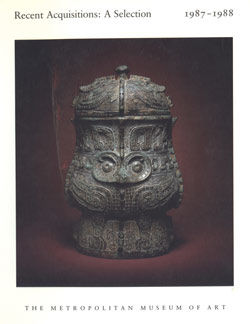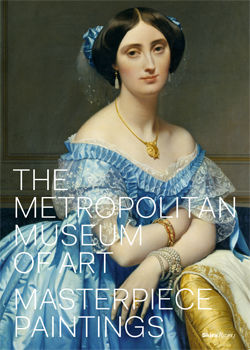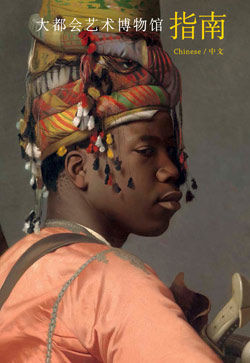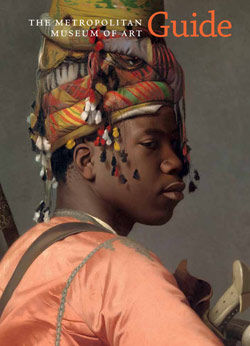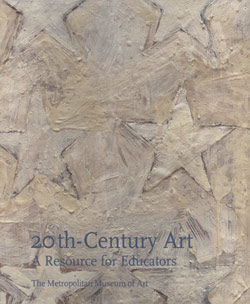Lucas I
Chuck Close American
Not on view
Associated with the Photo- or Super-Realist movement of the late-1960s and 1970s, the American artist Chuck Close initially became known for the minutely detailed portrait heads he painted on a monumental scale in black, white, and gray. These works, which were based on photographs, were factually rendered but magnified every pore and imperfection to unexpected and unnatural proportions. The subjects for all of Close's portraits are drawn from his wide circle of relatives and friends, many of whom are connected to the art world as artists, dealers, and collectors. Their identification in the titles by their first names only lends a casual informality to otherwise imposing images.
Paintings such as Lucas, which depicts fellow artist Lucas Samaras, are representative of Close's later, more colorful and painterly style. They go beyond the hyper-reality of his earlier portraits and elaborate on his pictorial investigation of the act of perception, breaking down the visual information into component parts that describe the actual process of seeing, not just the end result. To create these portraits, Close begins by taking photographs of the sitter, then draws a grid over the photo, from which he methodically reproduces the contents of each tiny square on a magnified scale with small dashes, dots of pigment, thumbprints, or applied pieces of colored paper. Viewed close-up, the elements of the picture are seen as separate abstract markings; from a distance, they coalesce into an illusionistic portrait. In order to assimilate all of the multi-hued daubs of color on an eight-foot-plus canvas, the viewer is forced to stand quite a distance from the work. From this perspective, the subject stares coolly, anonymously, and unwaveringly at the viewer.
Due to rights restrictions, this image cannot be enlarged, viewed at full screen, or downloaded.

